There are an estimated 55,000 terpenes (sometimes called terpenoids). Many of them produce a pleasant smell. Most importantly to dog owners, terpenes complement the cannabinoid CBD in hemp products for dogs, opening the potential for an enhanced benefit to the well being of our canine companions.
Terpenes are often associated with hemp, but they’re a large class of compounds produced by many plants on a wide scale. We’re all familiar with terpenes whether we’re aware of it or not. Terpenes are everywhere.
Think, “the smell of pine trees.”
The unmistakable smell of a pine tree is a result of the terpenes in that species of tree. Unique strains of hemp have distinct smells, too, and those smells are the result of each plant’s special combination of terpenes.
These fresh and pleasant smells are used by some plants to draw pollinators, while others use them to ward off unwanted bugs.
But how can these little compounds help us? More specifically, how do they benefit our dogs? Let’s find out.
What Are Terpenes?
Before we get into it, let’s do a little myth-busting.
If you type “terpene” into Google, your results page will likely get flooded with cannabis websites. Without regards to the plant, many of these sites and businesses aren’t well-informed or reputable.
(Many of them are reputable, too, but some of the shady resources float to the top.)
That’s an unfortunate truth! The point is, marketing gives terpenes a bad name. In reality, terpenes are everywhere in nature. Many of the wonderful smells in the world are the result of terpenoids.
Let’s explore a few notable examples before we get into a hemp-specific discussion.
Terpenes We’re All Familiar With
Terpenes are behind many of the aromatic plants we love. The smells of lavender, mint, rosemary, orange, black pepper, lime, lemon, hops, and flowers are all powered by terpenes.
The same terpenes that cause the smell are associated with traditional uses of those plants. So, the next time you see terpenes used as a cannabis-specific idea, know that there’s a much wider perspective out there.
Terpenes & Full-Spectrum Oils for Dogs
Full-spectrum hemp products are those that contain the naturally occurring terpenes and cannabinoids present in the plant.
- Terpenes contribute to smell and may offer supportive wellness properties.
- Cannabinoids interact with the endocannabinoid system in dogs.
- These products aren't proven by the Food and Drug Administration to treat, cure, or prevent disease or illness.
Hemp plants naturally produce a wide range of terpenes and cannabinoids. Cannabidiol (CBD) and tetrahydrocannabinol (THC) are the dominant cannabinoids in hemp, but hundreds of secondary terpenes and cannabinoids are present in trace amounts.
These secondary compounds may contribute to a product’s overall wellness profile.
A synthesized product contains one isolated cannabinoid without the others. The end-product is called an isolate or hemp extract.
What Is The Entourage Effect in Hemp Products?

Research indicates that full-spectrum hemp oils may offer broader wellness support than isolates.
This may be due to the idea that cannabinoids and terpenes can complement one another. One cannabinoid may be more effective when terpenes are present. This concept is called “The Entourage Effect.”
Think of it this way: Paul McCartney wouldn’t be as good without John, George, and Ringo. A group can complement the lead, just like plant compounds may complement CBD.
It's very important to find full-spectrum products for your pets.
Why? — Because isolates may include additives or flavoring agents depending on the manufacturer.
It’s also extremely important that you never give your animal hemp products made for humans. Something safe for people, like certain sweeteners, can be dangerous to dogs.
When shopping for pet hemp, look for these three terms:
- Full-spectrum
- Third-party tested
- Veterinarian-formulated
Third-Party Testing: ensures that the product is what it claims to be.
Batch Testing: refers to testing specific product batches rather than an average.
Veterinarian-Formulated: means a veterinary professional is involved in formulation.
A Scientific Look at Terpenes
Terpenes are classified by the number of isoprene units in their structure. Isoprene is widely produced in nature.
A terpene is categorized by the number of these units linked together. For example:
- Monoterpenes (2 units)
- Diterpenes (4 units)
- Triterpenes (6 units)
- Tetraterpenes (8 units)
- Sesquiterpenes (3 units)
An Overwhelming Variety
There are thousands of possible structures. The base classification only describes the fundamental structure—each category contains many variations.
The important thing to remember? — The number of isoprene units influences a terpene’s general characteristics.
While research is still developing, the number of isoprene units is believed to relate to how each terpene behaves.

Understanding The Benefits of Terpenes for Dogs
Many studies explore terpenes in general, but research on how terpenes affect dogs specifically is still limited.
Some research supports the safety of long-term daily CBD product use in healthy dogs, but more data is needed regarding combined terpene–cannabinoid effects.
Pet owners often report supportive effects from CBD and terpene-containing products, such as help with mobility, relaxation, or overall comfort. These experiences are anecdotal and vary widely.
So, What’s The Verdict on Terpenes for Dogs?

Full-spectrum products containing terpenes may offer broader support compared to isolates, but the specific effects depend on the individual dog and the terpene profile.
Dogs encounter terpenes constantly through everyday plants and scents, and most dogs tolerate natural terpene exposure well unless a specific sensitivity exists.
Frequently Asked Questions About Terpenes For Dogs
Are Terpenes Safe For Dogs?
Most terpenes found in pet-formulated hemp products are considered safe when used as directed, but research is still developing. Always choose products made specifically for dogs and consult your veterinarian.
Can Terpenes Help My Dog Feel Calmer?
Some pet owners report that terpene-rich hemp products help support calm behavior, but responses vary. These effects are not guaranteed and should not replace veterinary guidance.
Do Terpenes Make CBD More Effective For Dogs?
Terpenes may complement CBD in what’s known as the “entourage effect,” but the extent of this interaction in dogs is not fully understood.
Can Dogs Be Allergic To Terpenes?
It’s possible for a dog to react to any natural compound, including terpenes. Monitor your dog closely when introducing a new product.
Should I Avoid Terpenes In My Dog’s Hemp Products?
Not necessarily. Many high-quality full-spectrum products include terpenes naturally. Focus on veterinarian-formulated, third-party tested brands to ensure safety.

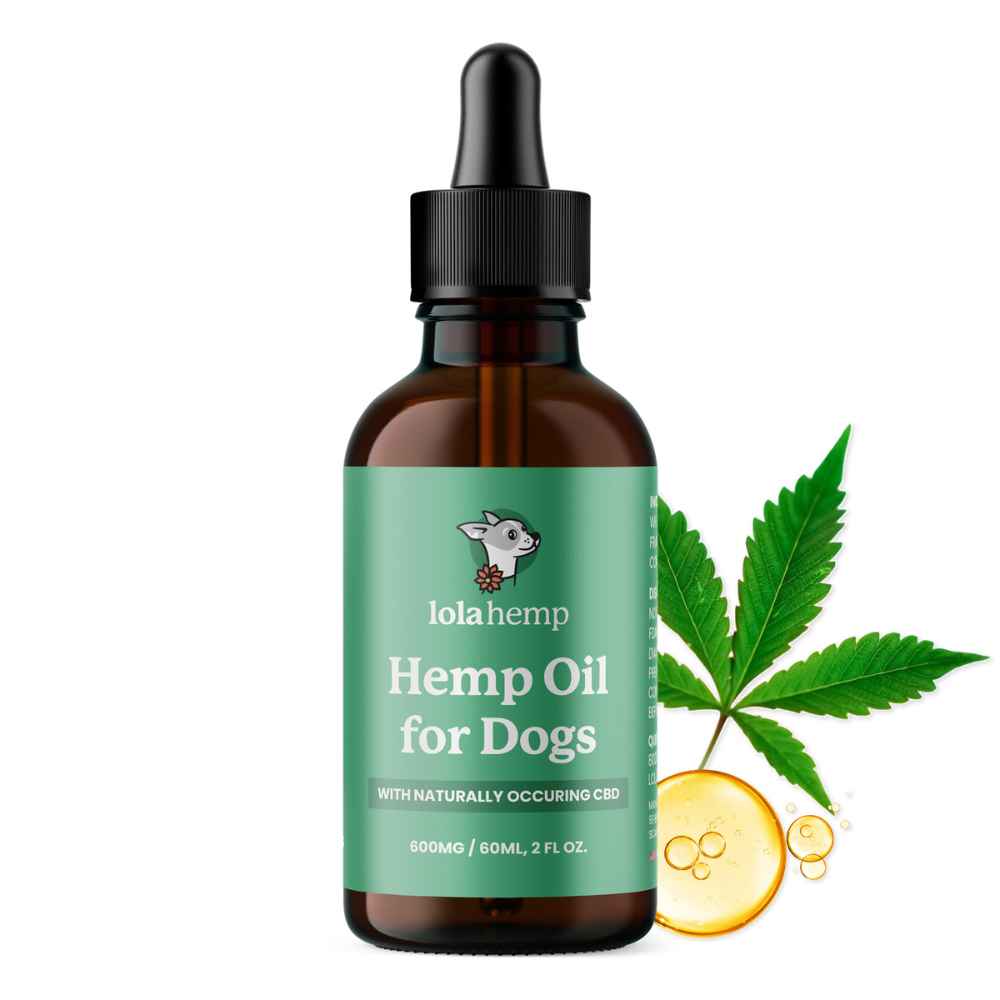
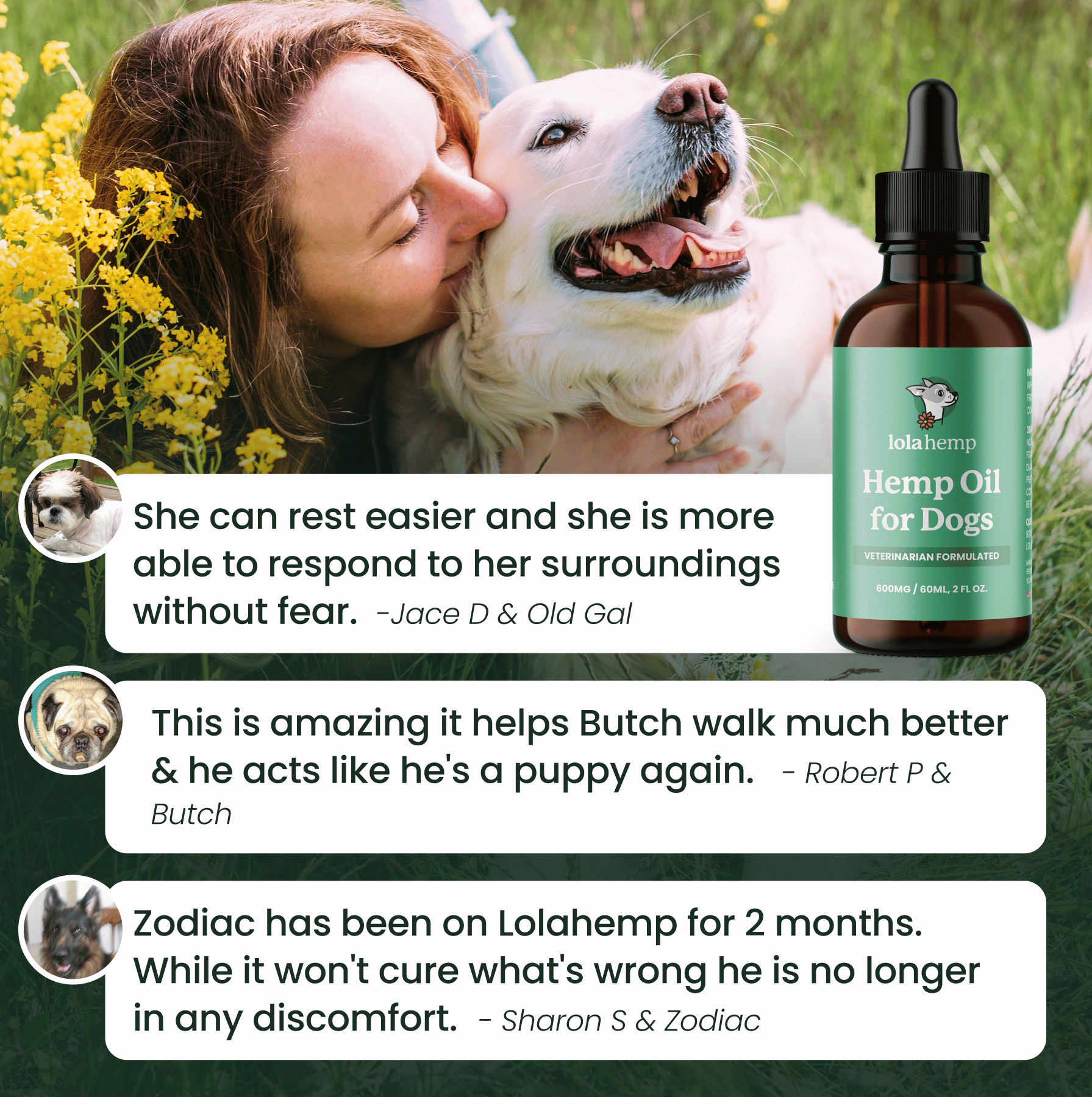
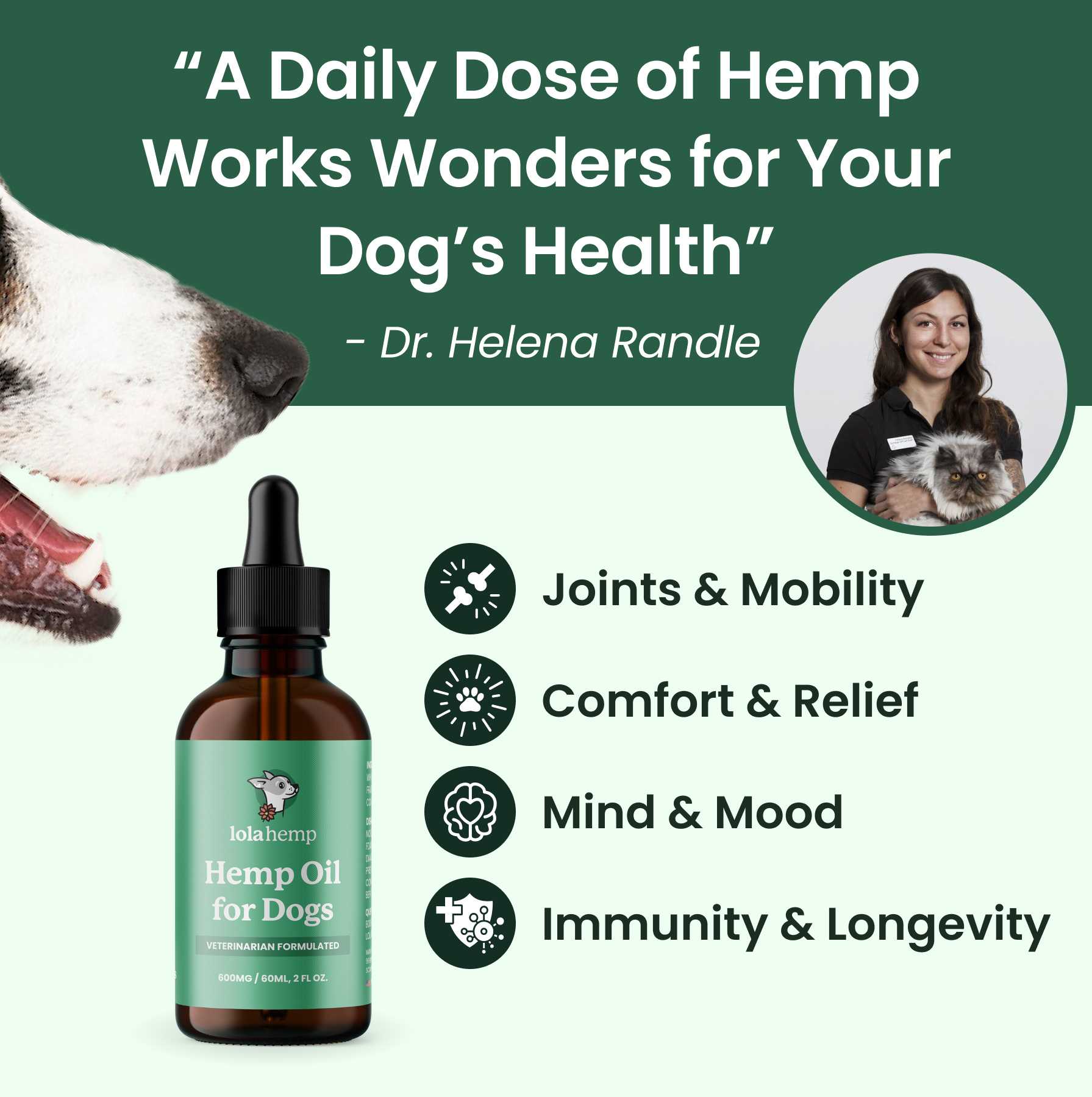
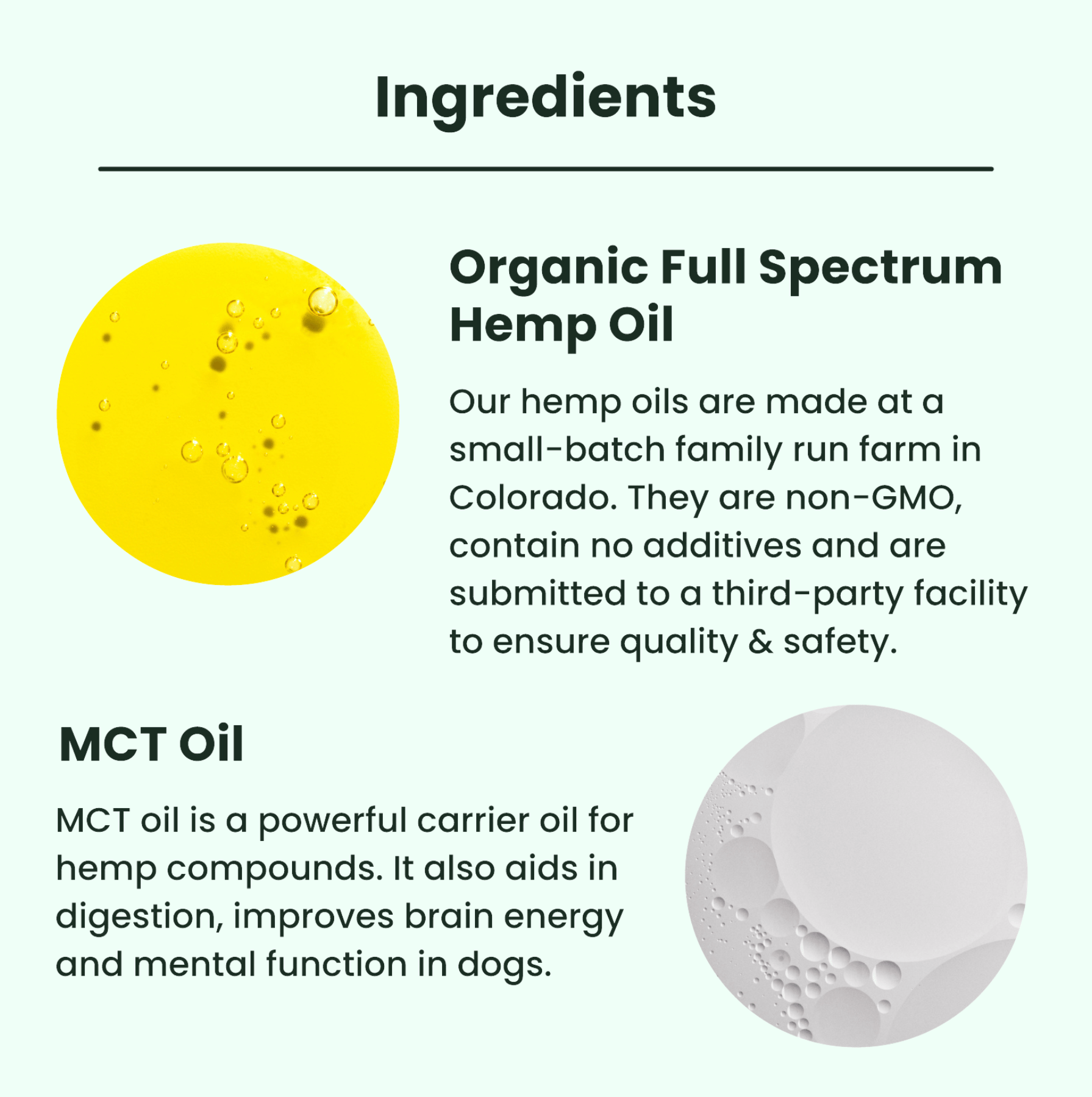
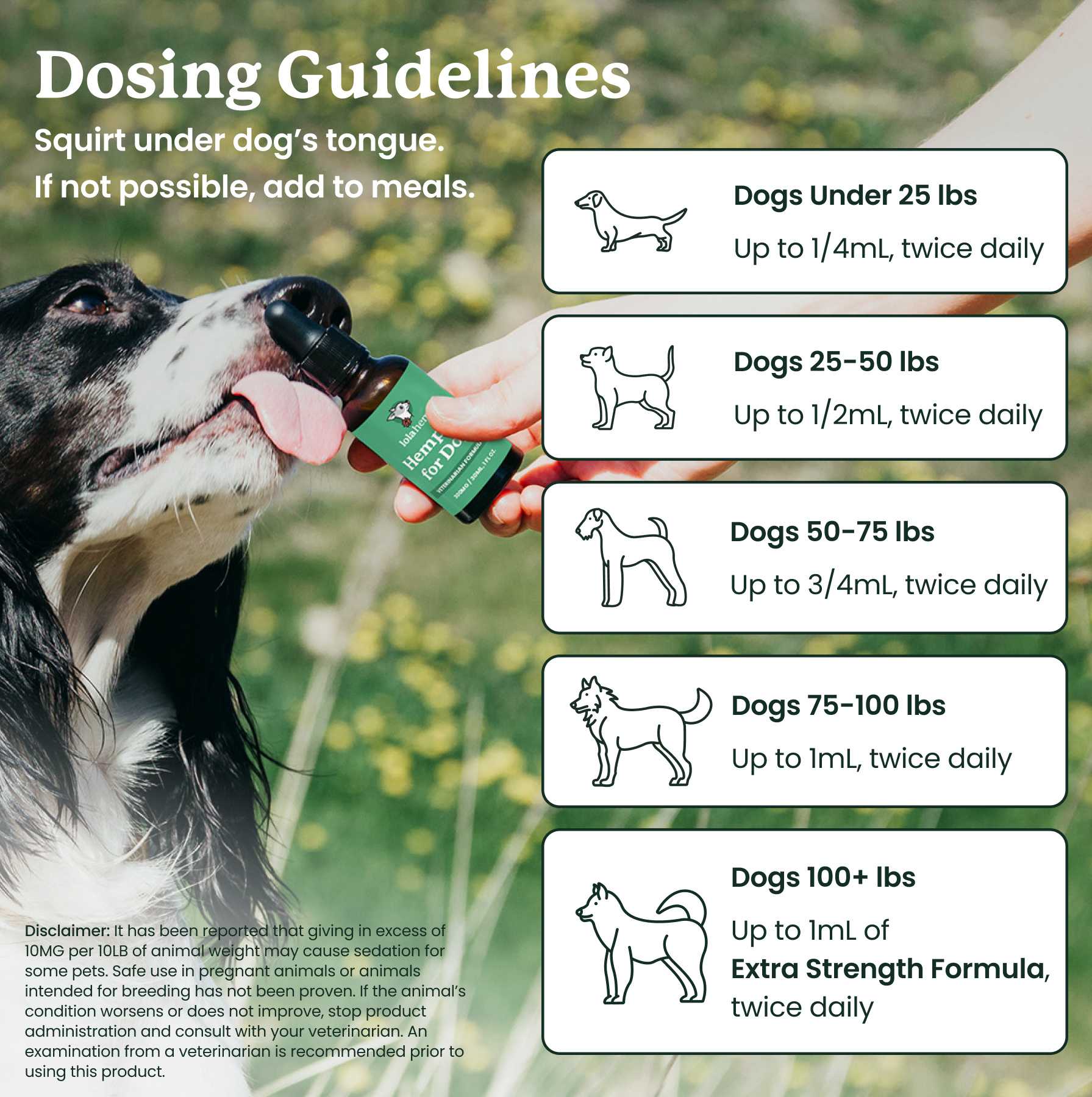





Comment
Very interesting. Thanks for sharing.